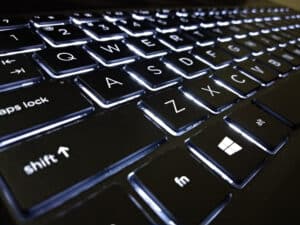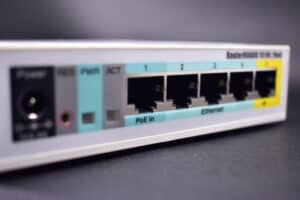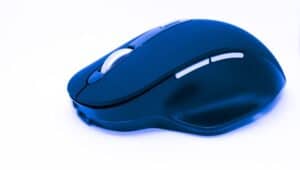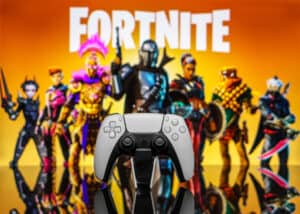
In this age of multitasking, having multiple monitors is useful in keeping track of numerous programs running simultaneously on your computer. Having multiple monitors set up in your workplace can certainly boost your productivity due to time-saving.
To make sure your PC is eligible for a multi-monitor setup, you will have to check your computer’s hardware and input options. A graphics card usually impacts how many monitors can be attached.
How To Set Up Another Monitor With Your PC
To set up another monitor with your PC, follow these steps.
- Connect each monitor to power and turn on each monitor.
- Examine all the ports on your PC to determine how many video outputs are available.
- Examine the video inputs on the monitors that you are using (the ports on the PC and the monitor do not have to match as you can make use of adapters).
- Connect the video cable from the PC to the monitor, wait for the PC to detect the monitor, and display an image.
- Right-click on the Windows desktop to reach “Display” settings. A diagram will be visible at the top of the “Display” menu showing rectangles with the numbers 1, 2, and 3.
- Scroll down to find the “Multiple displays” option and choose “Extend these displays” in the drop-down menu.
This article explains how you can check how many monitors your PC supports. It also discusses how you can connect additional monitors to your PC.
How To Tell How Many Monitors Your PC Can Support
The number of monitors your PC supports depends on the following factors.
The Number of Graphics Cards
The number of monitors you can plug into your computer majorly depends on the type of graphics card in your PC. Most graphics cards support two monitors. For desktops, two independent screens can be plugged into the back of the PC; for laptops, the graphics card can drive the integrated screen and one outside monitor.
Some computers allow you to add more graphics cards, which also increases the number of screens which can be connected. Having two graphics cards can allow you to connect up to four monitors.
The Number of Video Ports
The connectivity of monitors also depends on the number of video input ports your PC supports. Most PCs have HDMI, SVGA, DVI, or Displayport. More input ports mean that more monitors can be connected to your PC.
As most graphics cards only support a dual monitor setup, you may only be able to use 2 input ports simultaneously. Some systems may require a BIOS setup before the computer boots, allowing you to set up two displays.
Single Video Port
Having a single video port on your PC means you cannot use a single port. Using a splitter will mean that any extra monitor attached will also show the same image.
DMS-59 Port
A DMS-59 port allows you to use a splitter cable to create a dual display setup. DMS-59 VGA Splitter Adapter Cable via a DMS-59 Dual DVI Splitter Adapter can be used to connect dual displays.
How To Check the Number of Monitors You Can Connect to Your PC [Windows]
The presence of several ports on your graphics card means that it can support more monitors. By following these steps, you can check the maximum number of displays and resolution your PC supports.
- Type “Device Manager” into the search bar.
- Open it and expand “Display Adapters”.
- Visit the manufacturer’s website to find the specifications of your graphic card.
- Look for a title similar to “Display Support” to see this listed information.
Connecting Extra Monitors to Your PC using Adaptors
You can connect adaptors to your HDMI or DisplayPort to connect more monitors to your PC.
Connecting More Than One Monitor Using an HDMI Splitter
Using an HDMI splitter does allow you to connect more than one monitor to a single port. However, the drawback is that the same graphics are displayed on the screens.
Connecting Monitors Using a Daisy Chain
Using a daisy chain, the first monitor is connected to the PC using one of the abovementioned video ports. The second monitor is connected to the first, and so on. To use a daisy chain, you will have to ensure that the monitors have video connections acting as outputs and that your PC supports it.
Drawbacks of Connecting More Monitors to Your PC
While a multi-monitor setup can boost efficiency, it also tends to have drawbacks.
- The other screen may be a distraction. For example, using it to scroll on social media can waste time.
- More screens on your desk will hog up more space.
- It can also impact the processing speed of your PC.
Conclusion
To conclude, the number of monitors your PC can support depends on the graphics card and the number of output ports that support video. Adding a graphics card and using adapters can increase the number of monitors you can attach to your PC.







